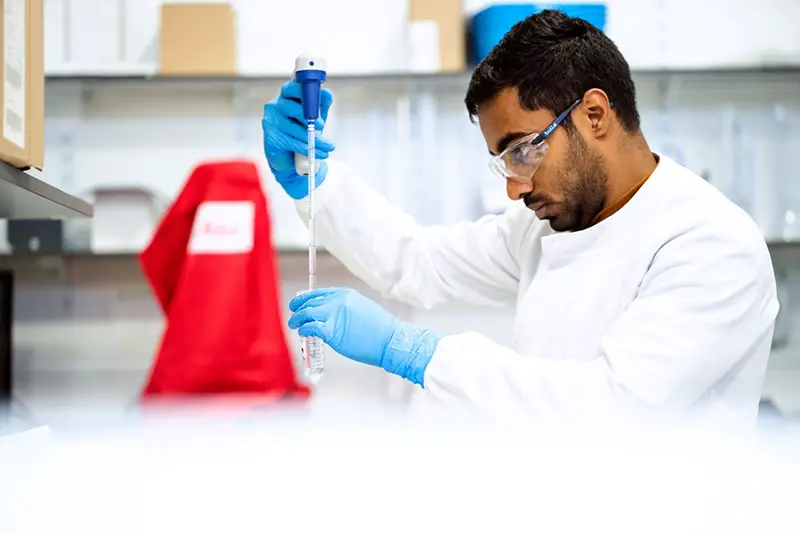Click here to get this post in PDF
Workforce health and safety are critical for all organizations, but they are even more crucial for chemical manufacturing companies. If you run a business in this domain, you will probably know the risks your workers encounter. At the same time, you must stay ahead of the compliance guidelines in worker safety and chemical handling. Going complacent with these aspects is not a choice, as a minor slip can cause a massive disaster. You may have to pay a hefty penalty and even lose your reputation as an employer. Taking relevant steps to ensure workforce safety can prevent these implications. Here are the best practices every business manufacturing and using chemicals must follow.
Have a viable SOP
A viable standard operating procedure for handling, storage, use, and disposal of chemicals gives you a good start with chemical safety. It begins with a thorough understanding of the chemicals and related risks. Provide workers with clear and concise literature, flip charts, and signage for complete information regarding the SOP. Consider evaluating and improving it frequently or whenever you switch to a different chemical or add a new one to your operations.
Invest in employee training
Besides establishing an SOP for your organization, you must invest in employee training to ensure safety at a chemical plant. Training in chemical safety should extend beyond the initial sessions at the time of recruitment. It should continuously keep workers ahead of the evolving risks and compliance guidelines. Ongoing training is valuable because it refreshes their knowledge while adding new information over time.
Provide appropriate personal protective equipment
Another non-negotiable measure for chemical plants is to provide appropriate personal protective equipment to your employees. PPE can be lifesaving for workers handling chemicals as it prevents contact with eyes, skin, and other vulnerable areas. For example, masks, gloves, rubber boots, and goggles usually suffice for most chemical plants. But you will also need to provide a MOPP suit to every worker who handles toxic biological and radioactive materials. Consider business-specific risks, and choose the apt PPE for your workforce.
Have a spill response plan
Chemical spills are always a possibility for plants despite having the best people following all precautions. Accidents are unavoidable, no matter how much you try to avert them. Therefore, you must establish and maintain a response plan to address spills and deal with hazardous chemicals. It should cover critical areas such as prevention, containment, reporting, and medical care for injured employees. Conducting regular spill response drills in your facility is a good way to prepare your workforce to deal with such incidents.
Schedule regular safety assessments
Scheduling regular safety climate assessments is another good way to stay a step ahead of chemical disasters. They can help with identifying safety hazards and accurately forecasting potential workplace accidents. Conduct assessments at least once every three months as a part of your safety initiative. You can implement them sooner if the risks run higher for your business.
Workplace safety matters more than anything else for chemical businesses. But staying on top of it is easy if you follow these measures and commit to going the extra mile.
You may also like:
What Are Organic Building Blocks In Chemical Supply – The Basics
Image source: Pexels.com

